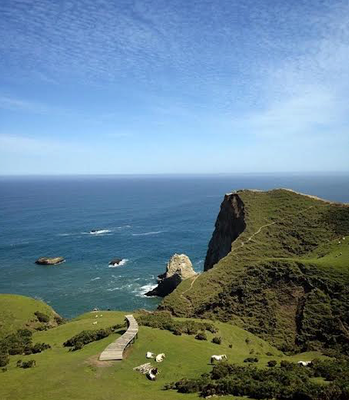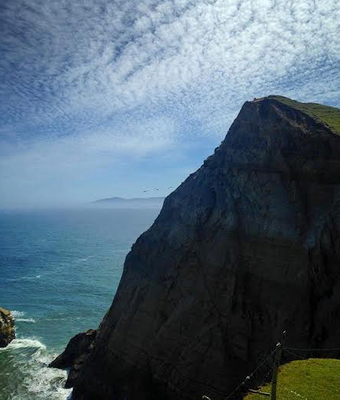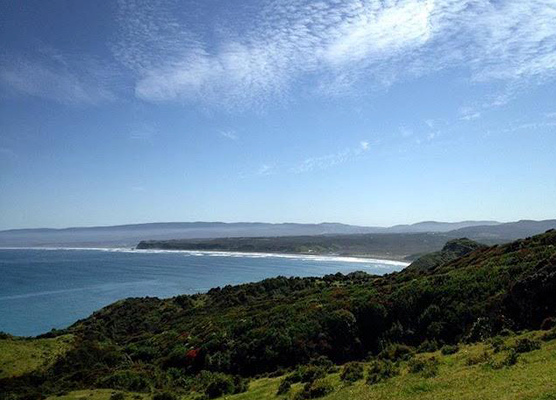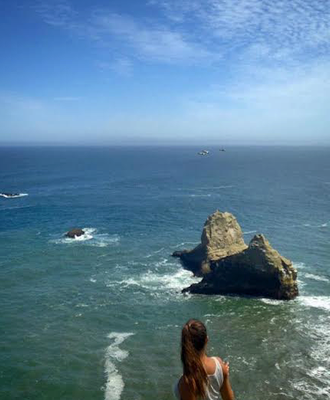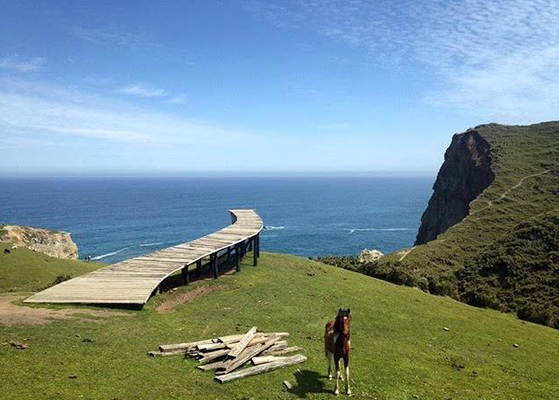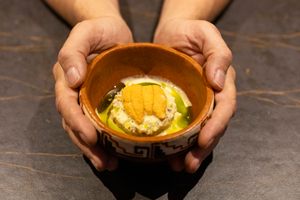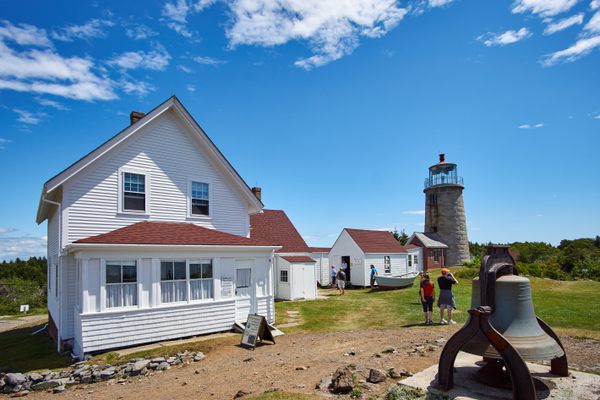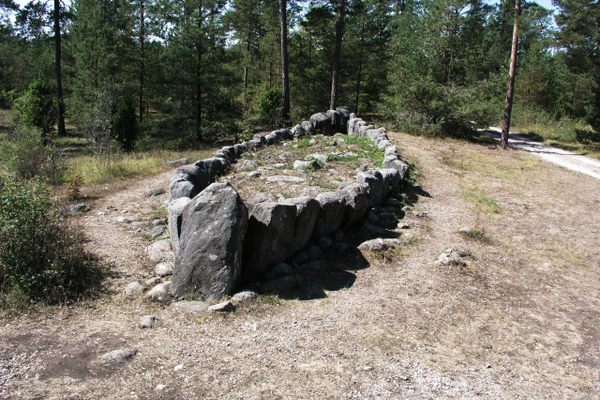About
Chiloé Island, in the far northern reaches of Patagonia, has long been an off-the-beaten-path tourist destination. Long popular with Chileans for its rich folklore and authentic rural feel (it's a favorite escape for city-dwellers in Santiago), international tourists are now also discovering its magic. Much of Chiloé's growing fame is due to the island's incredible wooden churches, which are designated World Heritage sites. But there's another, much newer, wooden structure here that's worth a visit.
One of the biggest — if hard to get to — attractions on Chiloé is a new art installation tapping into the island's indigenous mythology. Crafted by Marcelo Orellana Rivera, a Chilean wood sculptor and art professor from Santiago, this fascinating sculpture pays homage to the island's native culture as well as its abundant natural forests, the source of the wood that made Chiloé's boats and churches famous. The art piece is called Muelle de las Almas, the "Pier" or "Dock of Souls."
The wooden sculpture refers to the beliefs of the Mapuche, who once occupied all of south-central Chile and parts of neighboring Argentina. Before decades of frontier warfare in the 1800s reduced their territory, the Mapuche's sway extended as far south as the northern Patagonian coastline. Today, their influence here is mostly felt in island folklore and place names.
The legend animating the "Dock of Souls" is a spin-off of a more widespread Mapuche story, which tells of four whales (the trempulcahue), who were actually four old women turned into fantastic sea creatures. Their job was to carry the souls of the dead over the sea into the afterlife. In the pre-Christian mythology of the Mapuche, the soul was believed to be a sort of "spark" from the universal soul (Pu-Am). At birth, the individual soul (Am) became attached to the physical world, but after death, it soon dissolves in the Pu-Am again.
Chiloé's variant of this tale is slightly different. The local tale, centered around the fishing village of Cucao, says that the Tempilcahue was a cantankerous ferryman. Like his Greek counterpart, this mysterious guide carried the souls of the dead over the water. And like Charon, the South American "psychopomp" required a fee — especially if the dead wanted to bring their dogs and horses along to keep them company in the next life. (For this reason, the Mapuche placed small turquoise stones called "llancas" next to their dead to pay the ferryman's price.)
Punta Pirulil is a spectacular setting for the myth. Here, the itinerant dead arrived from places inland, had to call out for the boatman, shouting "Balsero!" At least that's if you died on land. If you died at sea, another supernatural sea creature, the Pincoya, a kind of siren, came to carry you away aboard a boat called the Caleuche.
Not everyone got to take this fabulous trip, though. Like a scene out of Dante, the Tempilcahue refused to take some souls back to the Pu-Am. Known in folklore as the "Animas de Cucao," the dead who got left behind had to linger on here in torment among the enormous cliffs, unable to find rest. The legend has it that their mournful voices sometimes swirled up from the waves along the rock faces, weeping in sorrow. (Mysterious sounds can, in fact, be heard here. But they're likely to be the voices of sea lions on the rocks just offshore.)
The legend of the "Animas de Cucao" comes with a warning: If you hear these voices, never talk to one. Do that, and within a year you'll come back to this spot as a lost soul and never leave.
Ironically, Punta Pirulil is a beautiful place to stay forever, if such is your fate. If you don't believe the old story, the spot is well worth a visit, anyway. The remote coastline here is unimaginably breathtaking and there's never a crowd in sight. The park is also a phenomenal destination for geology buffs. The high cliffs here were dramatically sheared off in the 1960 Valdivia Earthquake — at 9.5 on the Richter Scale, the most powerful tremor ever recorded.
Related Tags
Know Before You Go
Depending on the weather, Muelle de las Almas can be a challenge to get to, but worth the effort. Getting a rental car in Castro -- about a 45-minute drive away -- is probably your best bet, but a local bus line can take you as far as the small village of Cucao, where there's often horses to see along the beach. From Cucao, it's about a two- or three-hour walk back into the Parque Nacional Chiloé. It's possible to drive closer to Punta Pirulil, but beware of the back roads in wet weather. They're not paved and are very bumpy.A local couple runs a small natural history museum along the main road, where you have to pay a tiny fee to see the sculpture. If you drive further than this, you'll eventually come to a small parking lot in the forest. From the lot, it's about a 45-minute hike through idyllic hills, woods, and pastures to the cliffs and sculpture. Punta Pirulil is a small paradise and a prime spot for catching the sunset. Best time to visit: early December through February, which is summertime in the Southern Hemisphere.
Community Contributors
Added By
Published
July 29, 2016
